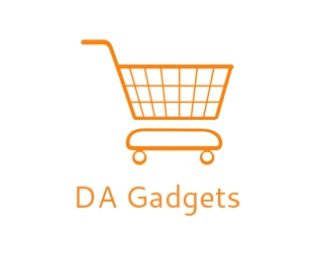Before choosing between a predictive dialer and a progressive one for your outbound call strategy, you should decide your business’s priorities. Are you looking to increase productivity? Do you want to drive up customer satisfaction scores? This tradeoff is implicit in the design of each system. The key difference between predictive and progressive dialers is […]
Technology
Auto Added by WPeMatico
SD-WAN vs VPN: How Many Tunnels Do You Need?
A virtual private network (VPN) is a marvelous tool for protecting people and their data while browsing the internet, especially when working from unsecured or weakly protected networks like those at public libraries and coffee shops. From a business perspective, VPNs keep business data secure when employees work with sensitive material like trade secrets and […]

RPA Contact Center: What Grindy Tasks Can it Get Rid Of?
RPA stands for robotic process automation. It represents some of the most cutting-edge technological developments of the modern era with its ability to improve efficiency gains in business operations. RPA uses software bots to automate tasks, eliminating the need for people to perform manual labor and other tasks that involve rote, repetitive processes. RPA is […]
Can You Replicate a Key Phone System In the Cloud?
Key phones are traditional desk phones with a central unit and handset. Able to support up to 50 users, they’re often used by small to medium-sized offices. They have a dial pad and special buttons that let users route calls to other extensions or access features like hold or transfer. A key phone system has […]
How To Run a VoIP Quality Test and Improve Your MOS
A VoIP quality test measures the performance of your network connection. The test simulates a set number of calls on your network and uses key metrics to determine how calls would sound in different situations. It can help you understand whether your connection is strong enough before implementing a VoIP system and alert you to […]
Exact Steps to Find Your Network Security Key On All Devices
Confused about network security keys? You’re not alone. This guide includes step-by-step instructions on how to find your network key for the four most popular digital devices. Here’s a quick summary: iOS: Open the Settings app, tap on Wi-Fi, select your connected network, and find the Password field. Android: Open the Settings app, tap on […]
6 Types of Network Address Translation: Which One to Use?
Network Address Translation (NAT) is one of the key technological concepts behind the performance of communication networks and the internet at large. NAT is a mechanism for converting private (local) IP addresses into public (global) IP addresses and vice versa. There are six main NAT types: static, dynamic, port address translation, overlapping, and masquerade. Understanding […]
Why Router vs Firewall Really Only Matters at Work
Routers and firewalls are network security devices, sometimes grouped into business and home network packages or sold separately as dedicated hardware. Though the two are closely linked, routers and firewalls are very different devices. Router: Exchanges data between networks or gateways. Firewall: Blocks traffic from protected networks. Put simply, routers connect networks and move data […]
What Is a Host Based Firewall and Is it Secure Enough?
A host-based firewall is installed and run on a single device, like a laptop, cell phone, or server. These firewalls are tailored to individual devices so they can monitor and control its specific traffic — as opposed to network-based firewalls, which protect an entire network of devices. Most consumer devices come with host-based firewalls pre-installed. […]
What Does a Firewall Do To Protect My Home Network
A firewall is a security protocol that protects your internal network from the threats of the internet. It keeps an eye on the data that comes in and out of your home network. Without a firewall, your trusted private network could be at risk of cyberattacks, data breaches, and malware from the public. 1 CloudTalk […]
